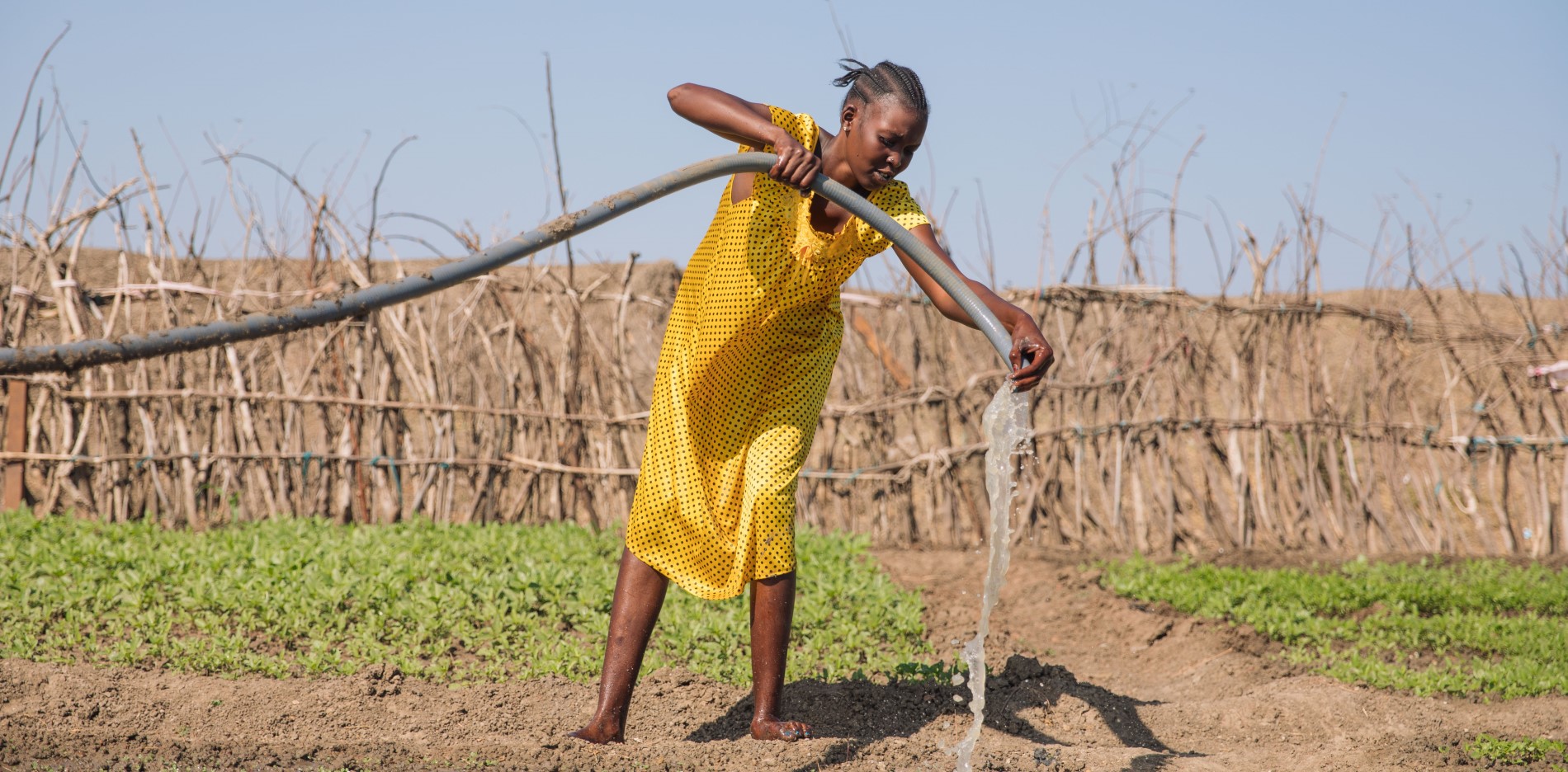
The Flagship Initiative: Affected people, local communities tailor the response
Body
As the number of people in need of humanitarian aid continues to grow each year, there is increasing recognition that the humanitarian system will not have the capacity to keep up with the scale of needs and deliver the quality assistance people require to withstand future shocks.
Martin Griffiths, the Under-Secretary-General for Humanitarian Affairs and Emergency Relief Coordinator (ERC), explains: “For international humanitarian assistance to have the greatest impact for the greatest number of people in the years ahead, the priorities of affected communities must drive response efforts, and local actors must be supported and empowered to deliver the response wherever possible.”
He adds that the only way to make this happen is to initiate a “a bold new way to coordinate, deliver and finance humanitarian action.”
Thus, the Flagship Initiative was born. It is “bold” and “new” because it gives crisis-affected people a canvas to shape the response to help them, but without the use of traditional humanitarian coordination models or humanitarian programme cycle processes.
The Initiative will be piloted this year in Colombia, Niger, the Philippines and South Sudan, with an objective to develop approaches that can be replicated and scaled-up in other countries and contexts.
It will empower the country-level humanitarian leadership to engage with affected people, local organizations and donors to develop context-specific coordination and response solutions that are:
- Centred around and accountable to affected people.
- Driven by and responsive to their priority needs and protection risks.
- Built on affected people’s capacities and representation.
- Tailored to the context.
These solutions must contribute to:
- Increasing the affected community’s resilience to future shocks.
- Reducing the risks of shocks and people’s vulnerabilities, with a focus on gender-related vulnerabilities and communities at risk.
- Increasing people’s access to basic services and sustainable livelihoods.








